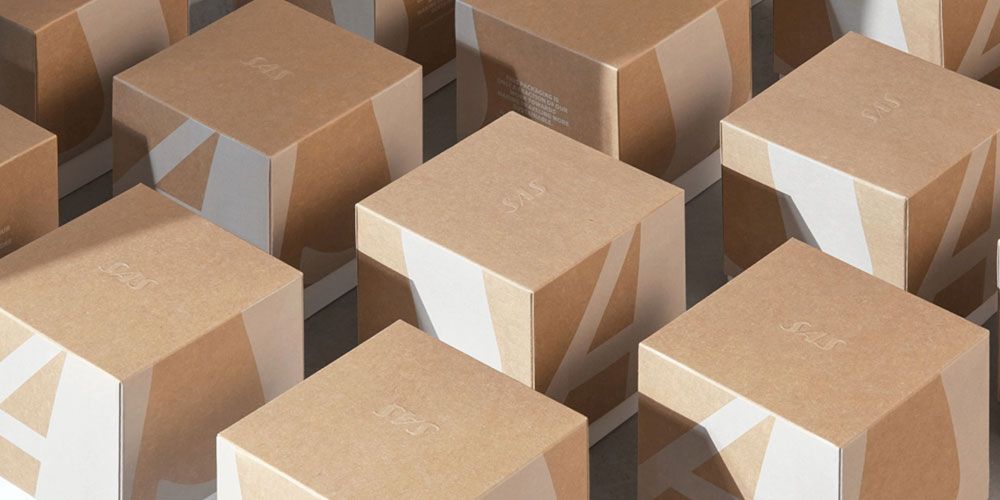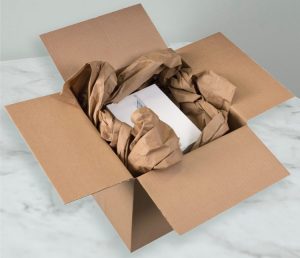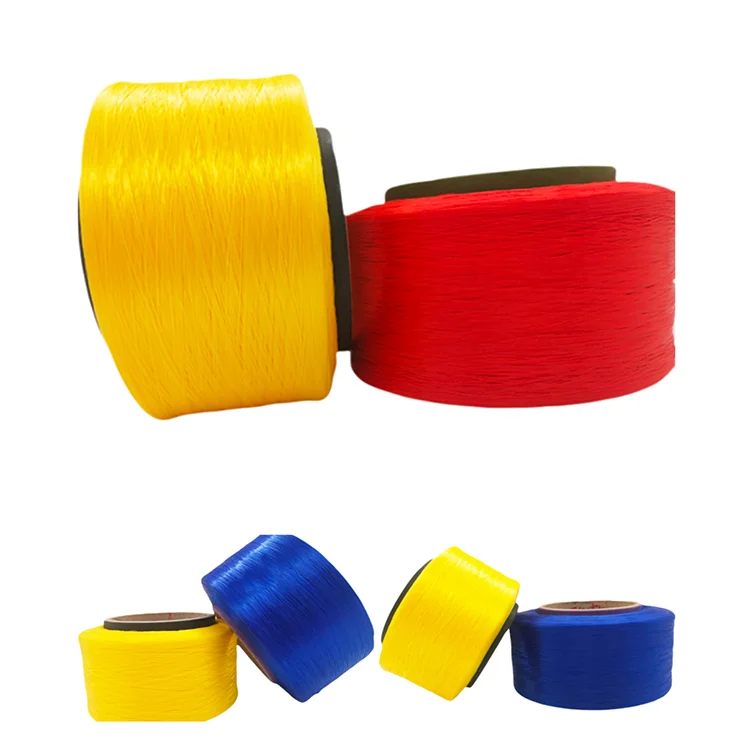
In the world of packaging, choosing the right paper is crucial for ensuring product protection, visual appeal, and sustainability. With a myriad of options available, it can be overwhelming to determine which paper is the best fit for your packaging needs. In this comprehensive guide, we will delve into the key factors to consider when selecting paper for packaging, explore various types of paper, and provide expert insights to help you make an informed decision.
- Understanding the Importance of Paper Selection:
- The role of packaging in brand identity and consumer perception.
- The impact of paper choice on product safety, durability, and environmental sustainability.
- Meeting the requirements of Google's search engine algorithm for enhanced online visibility.
- Key Factors to Consider:
2.1 Strength and Durability:
- Exploring the different paper grades and their suitability for various packaging applications.
- Understanding burst strength, tear resistance, and puncture resistance.
- Evaluating the weight and thickness of paper for optimal protection.
2.2 Printability and Visual Appeal:
- The significance of print quality in packaging design.
- Factors affecting ink absorption, color vibrancy, and image sharpness.
- Choosing coated or uncoated paper based on design requirements.
2.3 Environmental Sustainability:
- The growing demand for eco-friendly packaging solutions.
- Exploring recycled, FSC-certified, and biodegradable paper options.
- Assessing the carbon footprint and life cycle analysis of different paper choices.
- Types of Paper for Packaging:
3.1 Kraft Paper:
- The versatility and strength of kraft paper for various packaging applications.
- Ideal uses in food packaging, shopping bags, and corrugated boxes.
- Advantages of natural brown kraft paper and bleached kraft paper.
3.2 Coated Paper:
- Understanding the different types of coatings (e.g., gloss, matte, satin).
- Applications in high-end product packaging, cosmetics, and promotional materials.
- Balancing between visual appeal and sustainability considerations.
3.3 Specialty Paper:
- Exploring unique paper options like textured, metallic, and translucent papers.
- Innovative uses in luxury packaging, gift wrapping, and premium branding.
- Considerations for cost, availability, and customization.
- Expert Insights and Recommendations:
- Interviews with packaging industry professionals and experts.
- Case studies showcasing successful paper choices for packaging.
- Tips for conducting thorough paper trials and testing before finalizing a selection.
Conclusion:
Selecting the right paper for packaging is a critical decision that impacts product integrity, brand image, and environmental sustainability. By considering factors such as strength, printability, and sustainability, businesses can make informed choices that align with their specific packaging needs. With this comprehensive guide, you are now equipped with the knowledge to navigate the vast array of paper options and make a well-informed decision for your packaging requirements.


